Advanced electromyography testing that pinpoints exactly what’s causing your symptoms, so you can finally move forward with the right treatment.
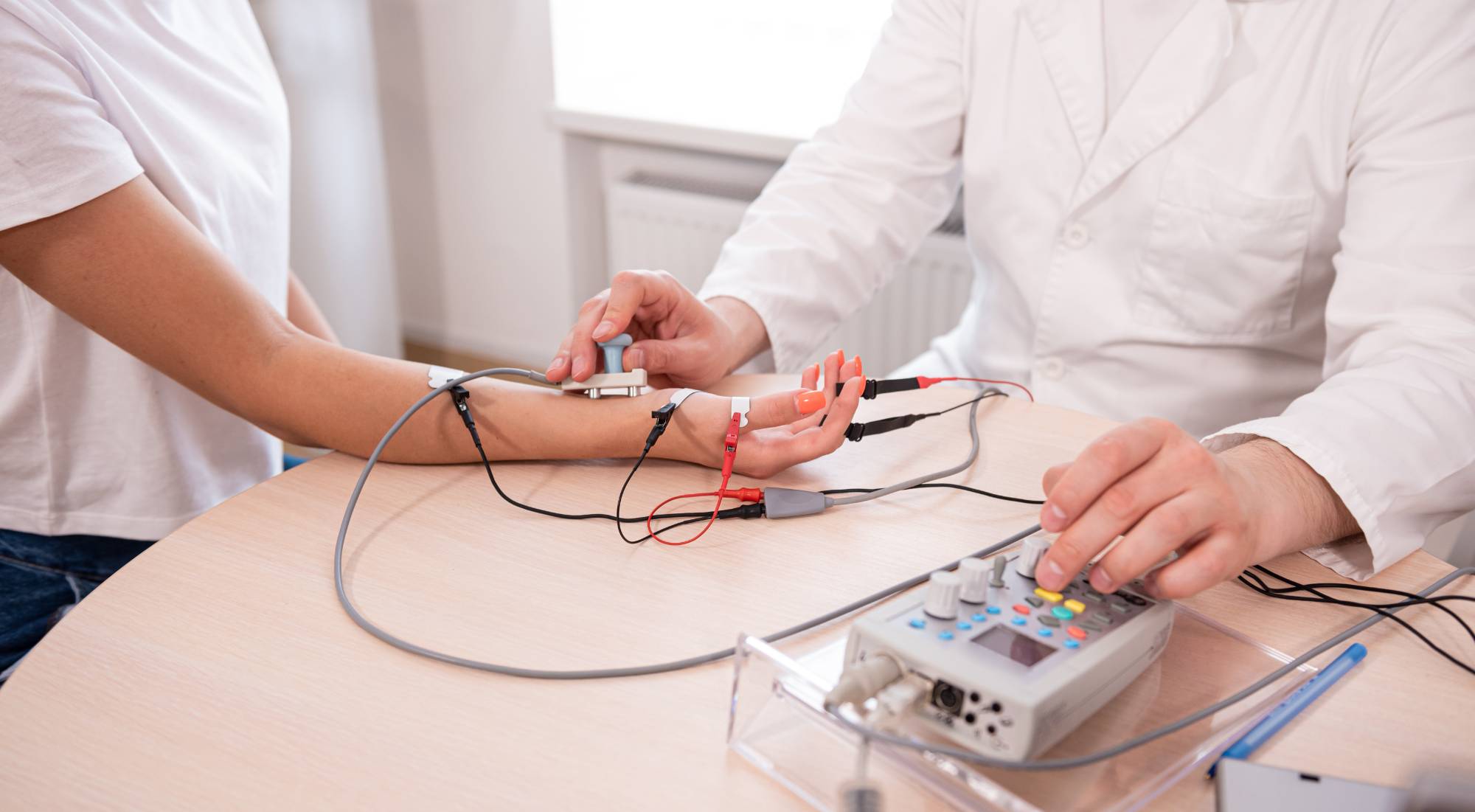
Reviews
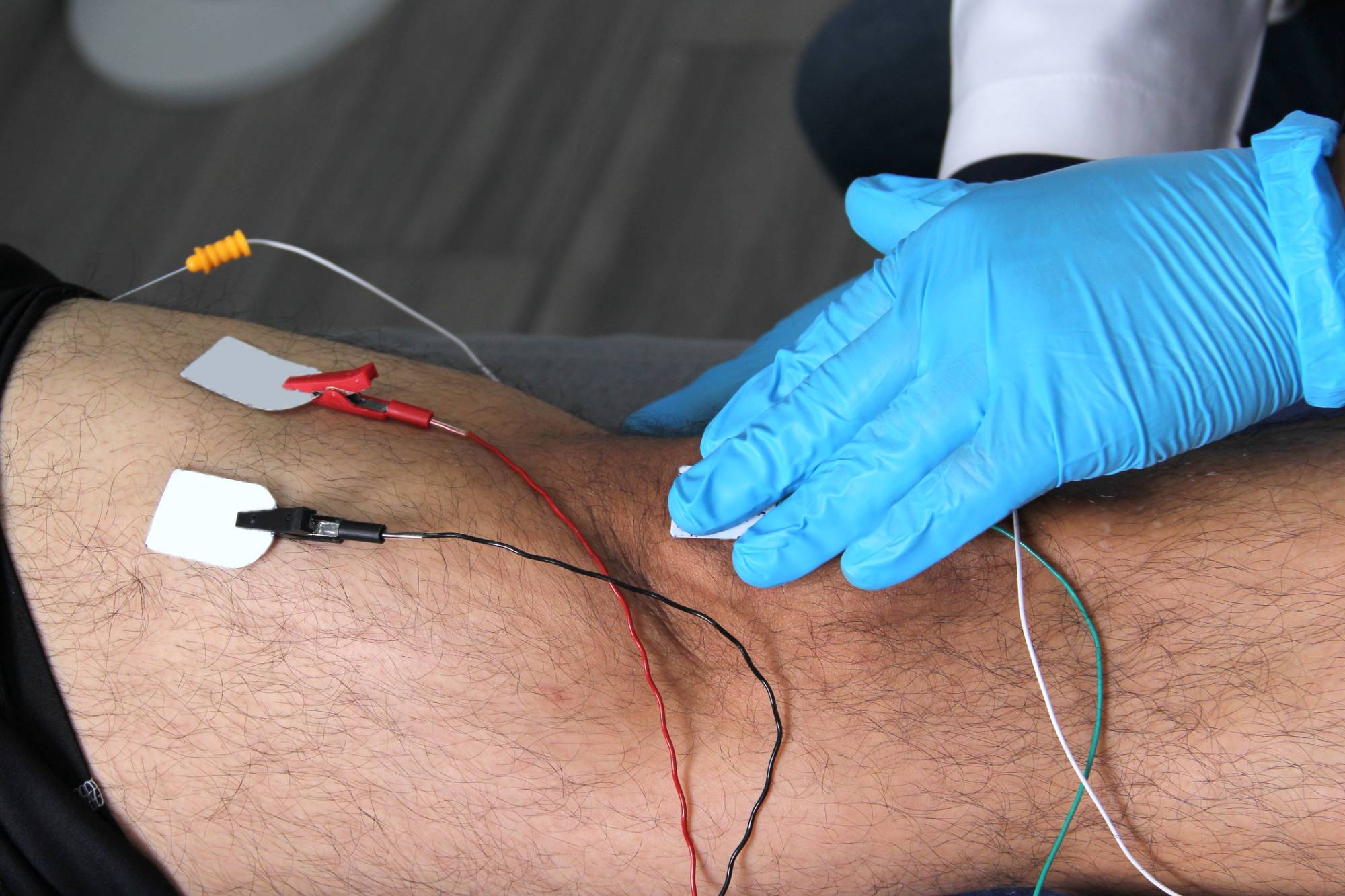
You’re tired of guessing why your hands go numb or why that shooting pain won’t stop. EMG testing gives you concrete answers by measuring how well your nerves and muscles actually work together.
When we complete your electromyography testing, you’ll know if it’s carpal tunnel, a pinched nerve, neuropathy, or something else entirely. No more wondering if the tingling will get worse or if your weakness means something serious.
You’ll walk out with a clear diagnosis and a plan that actually targets what’s wrong. That’s the difference between treating symptoms and treating the real problem.
NY Spine Medicine has been serving Staten Island residents with advanced diagnostic testing and spine care. Our team knows how frustrating it is when you can’t get straight answers about nerve pain or muscle weakness.
We use the same advanced EMG equipment you’d find at major medical centers, but you don’t have to travel to Manhattan or deal with months-long wait times. You get expert nerve conduction testing right here in your community.
Our specialists have diagnosed thousands of nerve and muscle conditions. We explain your results in plain language and connect you with the right treatment options immediately.
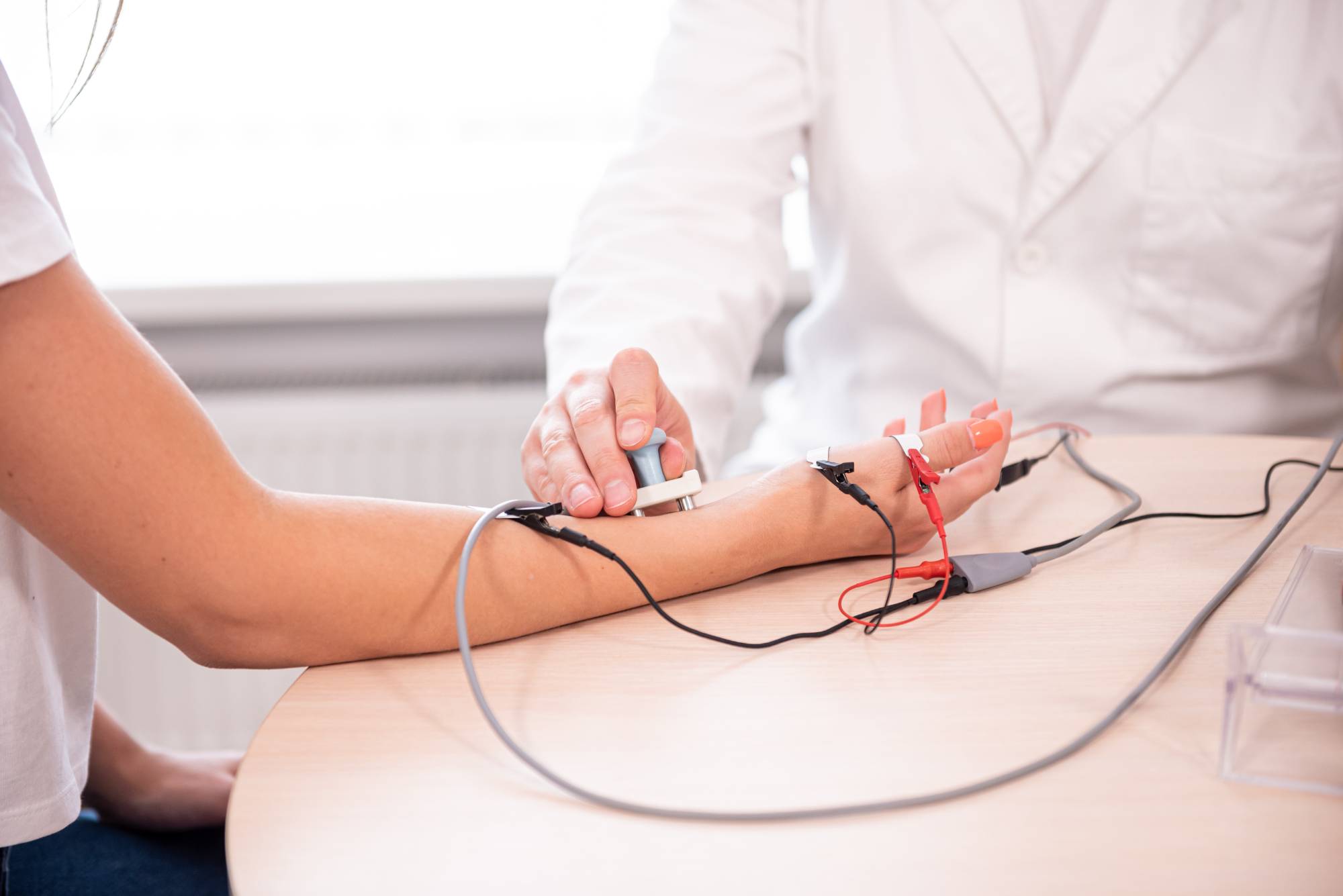
Your EMG testing starts with a consultation about your symptoms and medical history. We need to understand when the numbness started, what makes it worse, and how it’s affecting your daily life.
The actual electromyography test has two parts. First, we do nerve conduction studies using small electrical pulses to measure how fast signals travel through your nerves. Then we use thin needle electrodes to test muscle activity and see how your muscles respond to nerve signals.
Most people are surprised how quick and straightforward the process is. You’ll get your results the same day, along with a clear explanation of what we found and what it means for your treatment options.
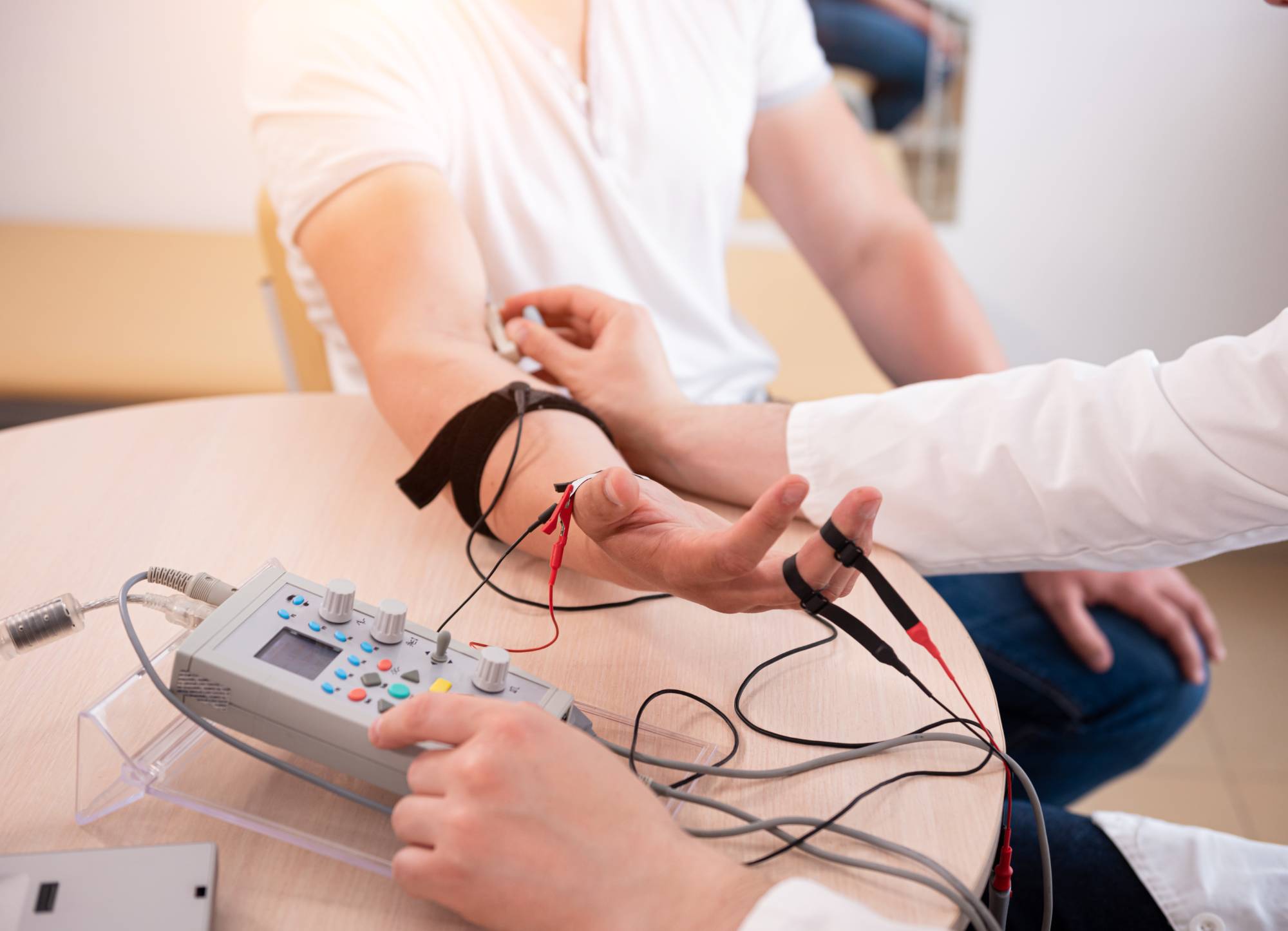
Ready to get started?
Your EMG testing includes both electromyography and nerve conduction studies in one appointment. We test the specific areas where you’re having problems, whether that’s your hands, arms, legs, or back.
You’ll receive a detailed report that shows exactly how your nerves and muscles are functioning. We test nerve speed, muscle response, and identify any areas where signals are getting blocked or delayed.
Most insurance plans cover EMG testing when it’s medically necessary for diagnosing nerve or muscle conditions. We handle the insurance paperwork and give you upfront pricing so there are no surprises later.
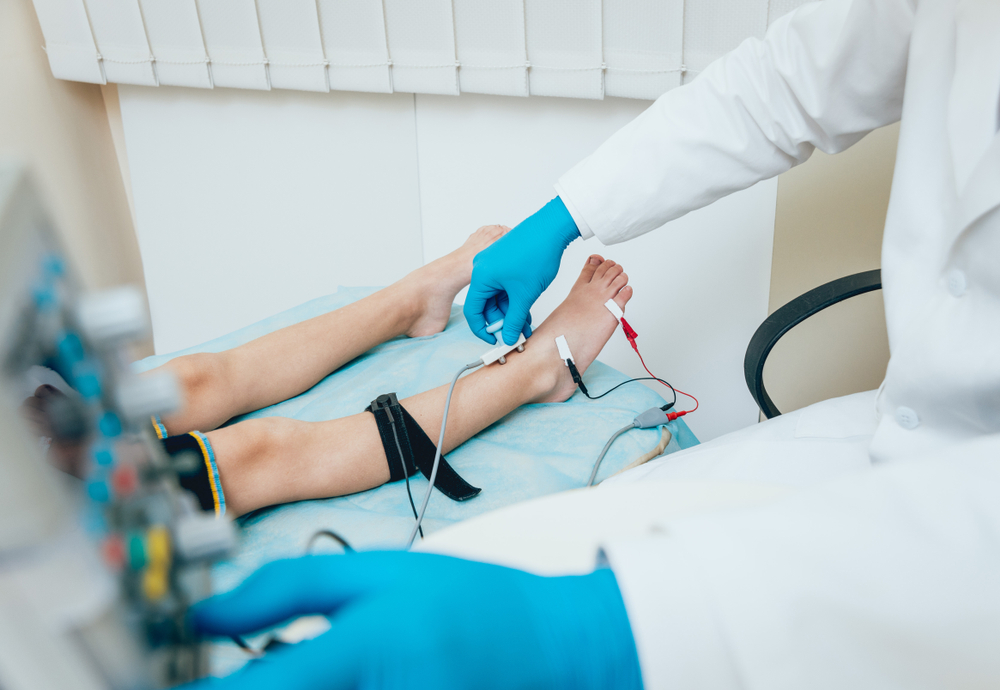
New York:
Florida:
Support